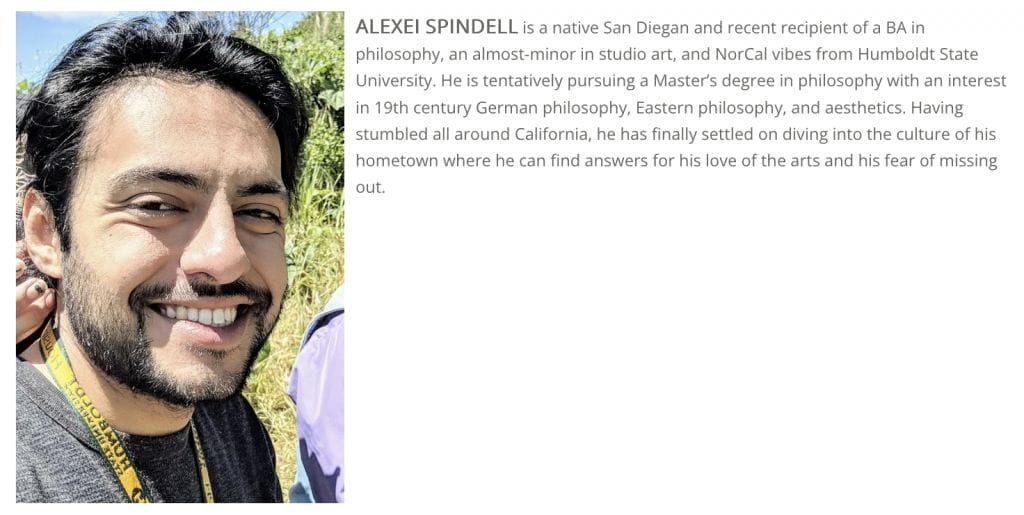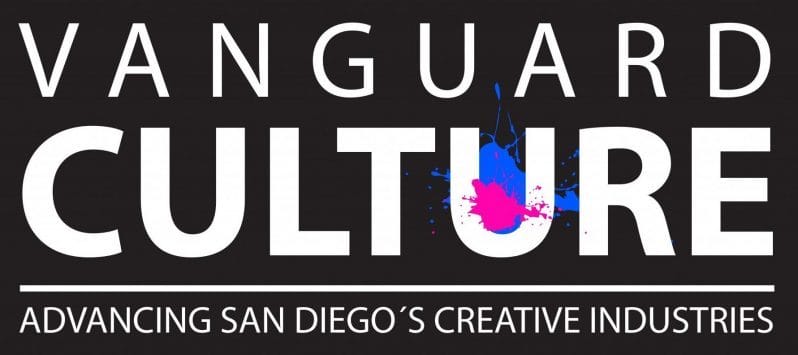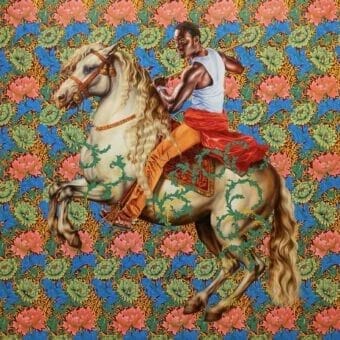by Alexei Spindell
July 23, 2023
The Timken Museum of Art’s Dutch-Flemish gallery has been joined by a related work, but not one from any of the old masters. It is rather the work of the most celebrated artists of our own time–Kehinde Wiley.
On August 14th, the Timken will host a Curator Conversation with Derrick Cartwright, Director of Curatorial Affairs, as well as Denise Rogers, Professor of Art History at San Diego Mesa College. Participants are invited to explore Wiley’s work and take a fresh look at “grand manner” portraits old and new. The portrait will remain through May of 2024.
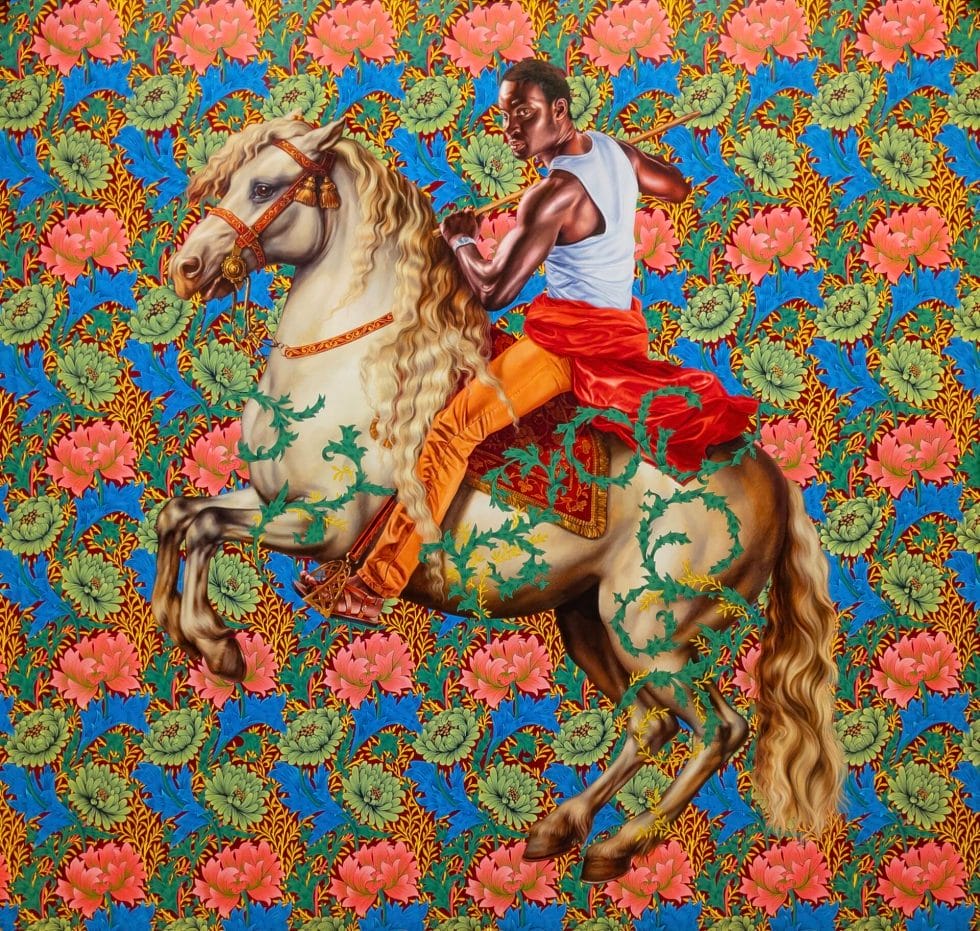
Wiley’s Equestrian Portrait of Prince Tommaso of Savoy-Carignan (2018) dominates the gallery–large, grand, and vivid, looming over the other portraits from a central position. The painting is a retelling of Dutch master Anthony van Dyck’s 1634 work of the same name, but it bears a key difference: It is not an opulent Italian nobleman astride the horse, but rather a Black man in his street clothes, treated with the same sense of power and nobility.
Equestrian Portrait is an extension of Wiley’s Rumors of War series, and stays consistent with his theme of depicting “common” people, particularly young Black New Yorkers, in traditional portrait styles. With these, Wiley is known for his practice of “street casting”, in which he finds people on the street and offers them a portrait in the fashion of a historic artwork of their choosing.
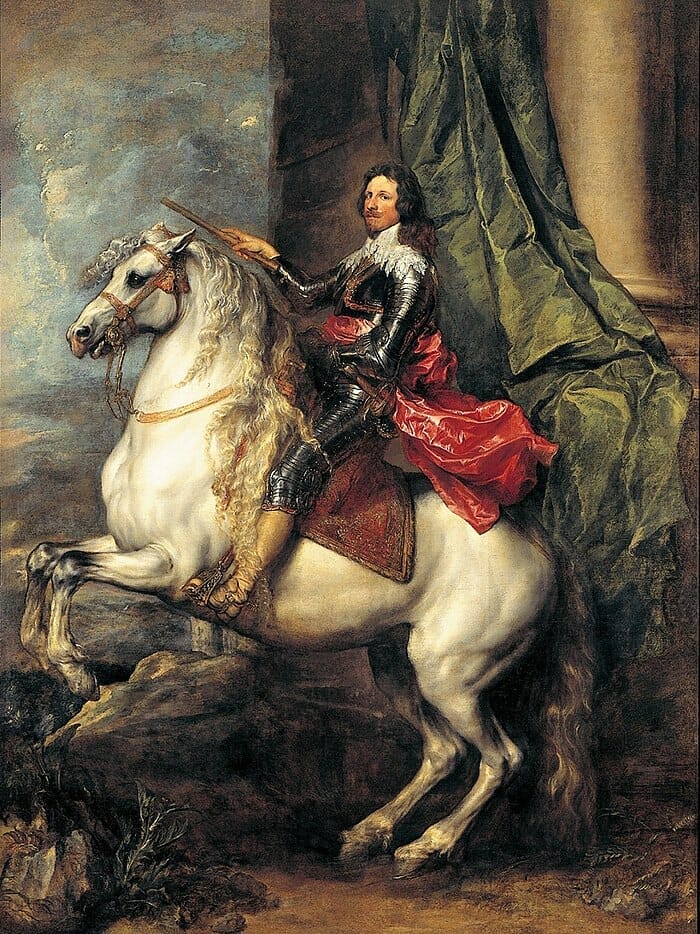
This serves a layered purpose, following Wiley’s philosophical concerns regarding issues of power and representation in society. In particular, Wiley has taken interest in the “language of power” involved in these old portraits, with their many ways of manipulating detail, posture, and even brush strokes to communicate about the status and stature of the subject–typically European aristocrats–as well as to tell an empowering visual story of who they are as individuals.
Wiley has worked to give this elevating treatment to the unrepresented and disenfranchised instead. It is both a subversive and affirming move against the power structures of today, as Wiley utilizes the grandest manner of representation to celebrate individuals whose stories may otherwise never be heard, and allows them to take the place of some of history’s most powerful and distinguished figures. Since the subjects choose the portrait on which theirs is to be based, it is not just an expression of the historical power-language, but it also an expression of what resonates with those individuals.
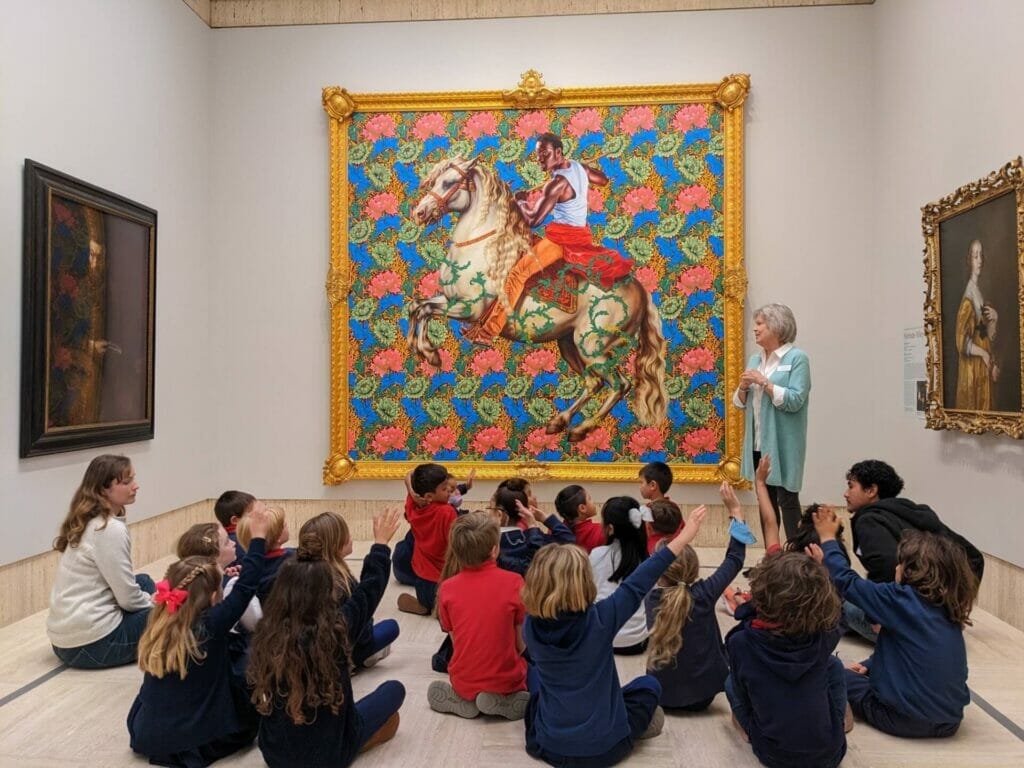
Wiley’s Equestrian Portrait is an especially fitting addition for the Timken, as it now stands beside works by the same Flemish artist who inspired it, along with other works of related period and style. It is as though they all help to frame Wiley’s portrait, and with that, the message sings.

